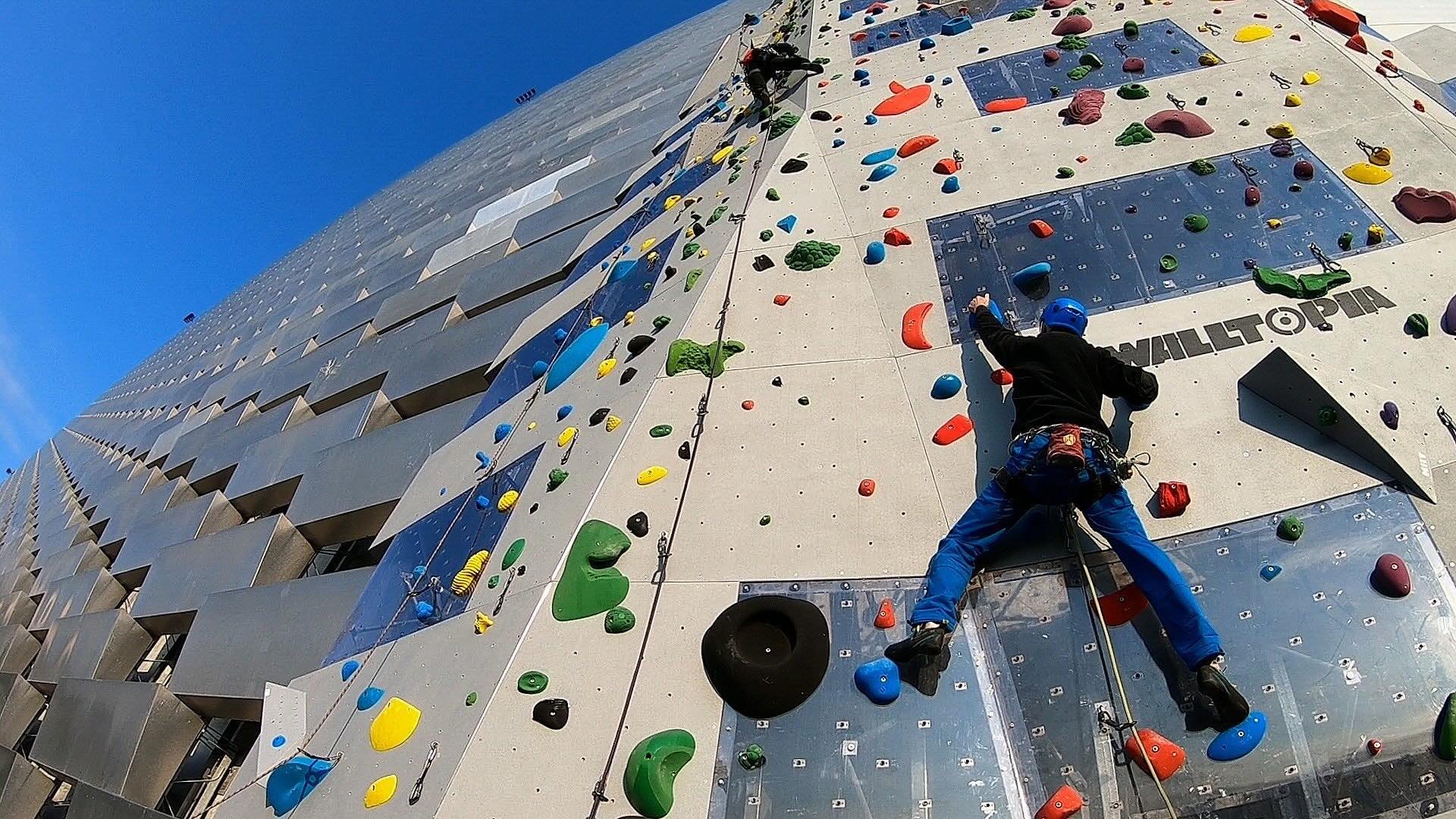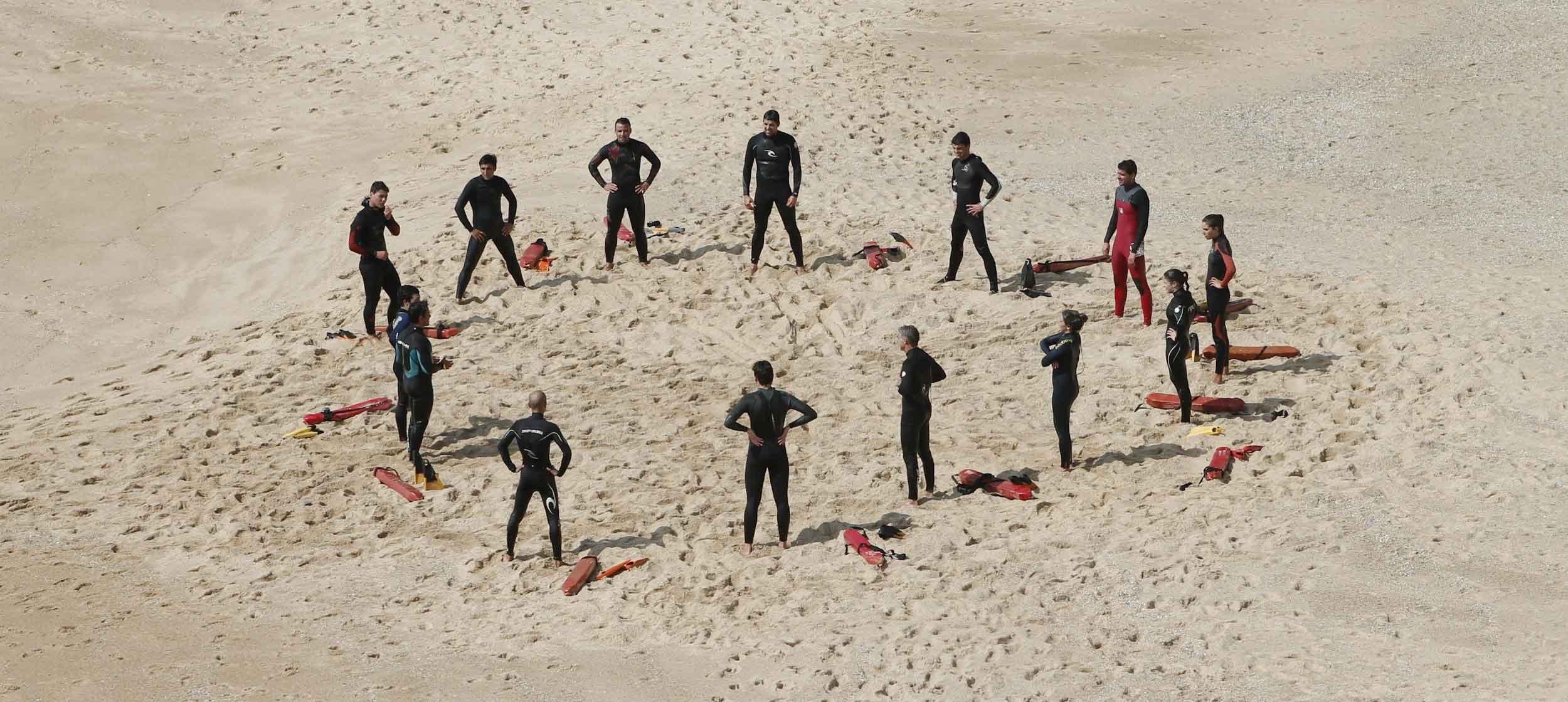Our Methods
The Learning Pyramid at Q-Courage
Understanding how we learn best is key to creating meaningful and lasting change. At Q-Courage, we use the Learning Pyramid as a guide to remove barriers to ineffective learning and create engaging processes that truly work.
This means we move away from traditional methods such as lectures, PowerPoints, and other forms of passive learning, which often only provide a superficial understanding. Instead, we prioritize active learning, where participants are directly involved in their own development.
Active learning is about creating spaces where participants not only receive information but also apply it in practice. At Q-Courage, we design our courses with a focus on higher levels of learning, such as group work, practical exercises, discussions, and experience-based reflection. These methods ensure that participants not only remember and understand what they've learned but, most importantly, can translate it into action in their everyday lives.
By working based on the Learning Pyramid, we help bridge the gap between theory and practice. Participants experience that learning is not just a one-time event but a process that creates lasting value both for themselves and their organizations.
Zone of Proximal Development (ZPD)
The Zone of Proximal Development (ZPD), a concept created by Russian psychologist Lev Vygotsky, describes the distance between what we can do on our own today and what we can achieve with the right support and guidance. In short: What we cannot do today, we might be able to accomplish tomorrow with help from an experienced mentor or a supportive community.
At Q-Courage, we actively work with ZPD to help participants explore their potential and expand their abilities. It’s about creating a balance between challenge and safety, where participants have the opportunity to step outside their comfort zone, but always with solid support behind them.
By repeatedly exploring the development zone, we can gradually expand our comfort zone. This means we don’t just learn new skills; we also build resilience and self-confidence. It is a process that requires curiosity, a willingness to take small risks, and an environment that fosters growth.
In practice, this means that our courses and activities are designed to create exactly the right challenges that drive development—without overwhelming participants. We know that learning is most effective when it’s tailored to the individual, and when participants feel supported throughout the process. In this way, we help them take the next step and achieve goals they previously thought were out of reach.
O-R-I-P-U-K-Modellen
The O-R-I-P-U-K Model is a structured approach that helps groups prepare, execute, complete, and evaluate a task in an effective and meaningful way. The model is designed to support group collaboration and ensure that all phases of a task are carried out with a focus on learning, reflection, and continuous improvement.
O (Observe):
First and foremost, we begin by observing the situation or task that needs to be addressed. This involves analyzing the scope of the task, understanding the different perspectives, and identifying the necessary resources. Observation provides the group with a clear starting point for how to approach the task.R (Reflect):
In this phase, the group reflects on what has been observed. It’s about sharing insights, discussing possible solutions, and clarifying any challenges that may arise along the way. Reflection helps the group adjust their approach before moving forward with implementing a solution.I (Identify issues):
Next, the specific problems or barriers to be addressed are identified. This phase creates clarity about the concrete challenges and what needs to be done to achieve the desired outcome. These might include technical difficulties, communication issues, or other factors that could impact the group's effectiveness.P (Plan):
Based on the identified issues, the group begins planning how to take action to reach their goal. This phase requires concrete action planning, where roles and responsibilities are assigned, timeframes are established, and necessary resources are allocated.U (Execute):
In the execution phase, the plans are put into action. This is where the group implements solutions and works together to achieve the desired result. Execution requires close collaboration, good communication, and a flexible approach, as new challenges may arise during the process.K (Critical evaluation):
Finally, the process ends with a critical evaluation of both the outcome and the working process. The group looks at what went well and what could have been handled better. The evaluation forms the basis for learning, improvements, and future optimizations. It is a crucial part of the learning cycle, ensuring that the group continuously develops.
The O-R-I-P-U-K Model supports a structured and collaborative workflow where all phases are equally important to ensure an effective and successful outcome. By using this model as a guide, groups can learn to work more systematically while fostering an open environment for discussion and improvement.








